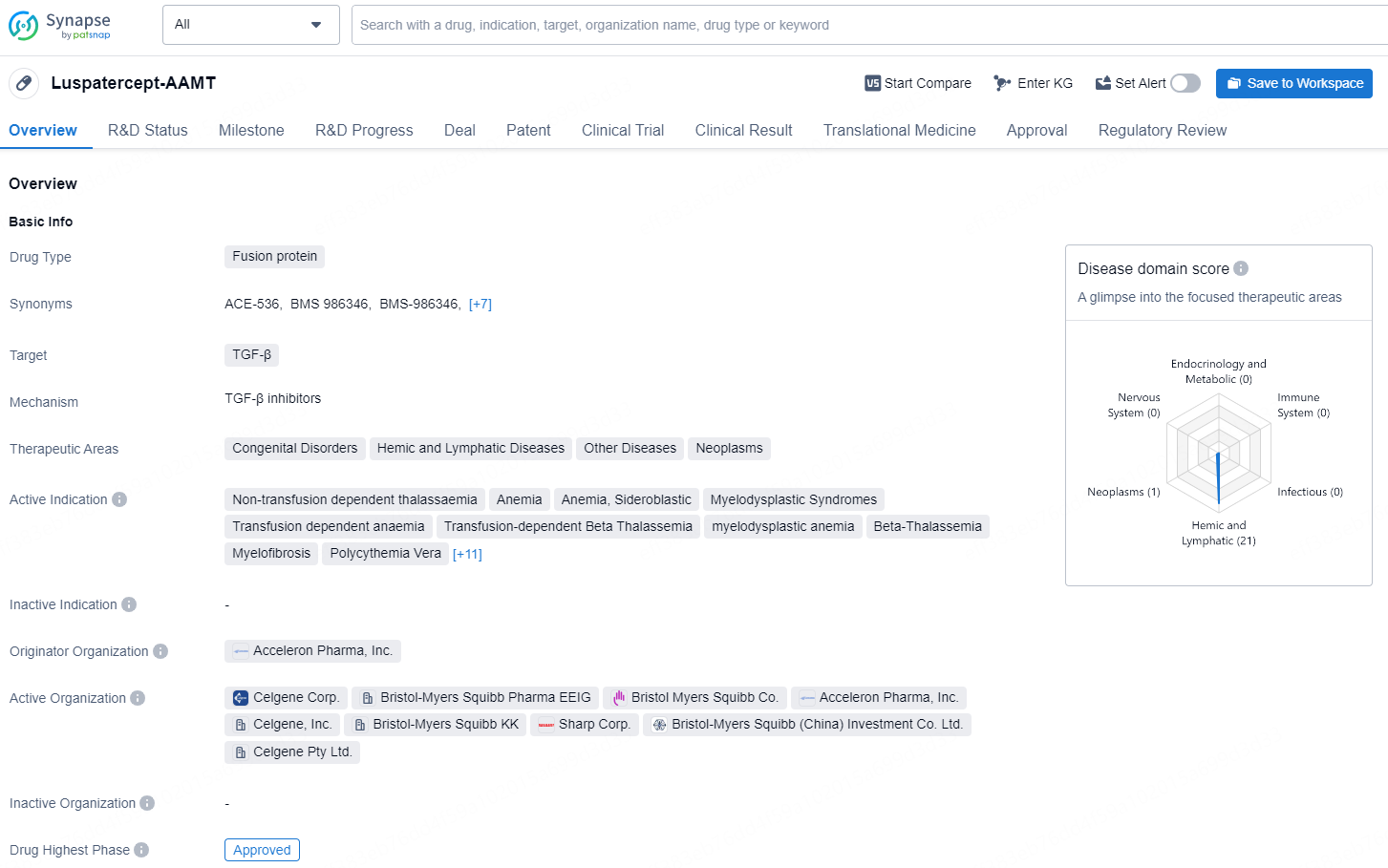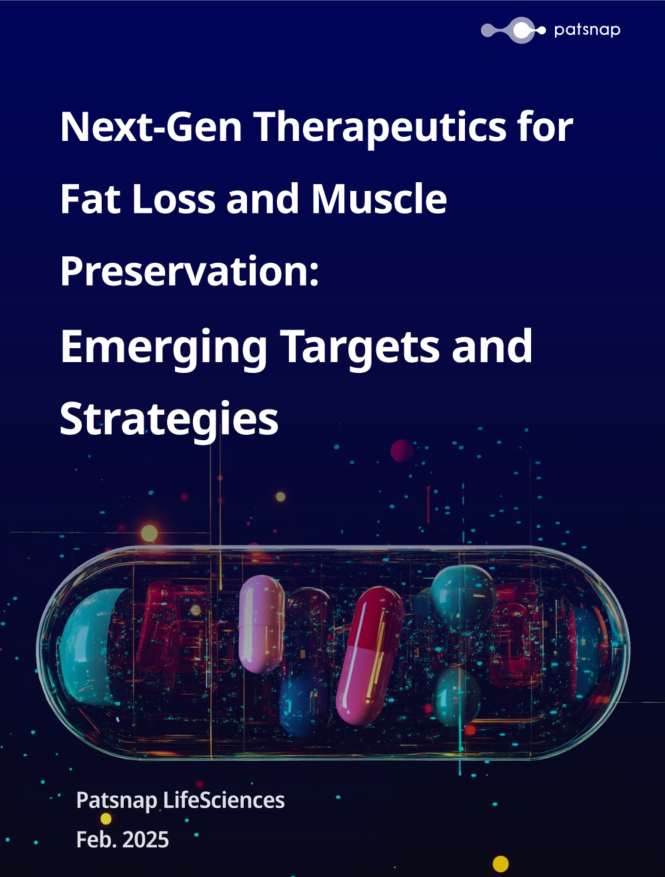Exploring Key Drugs Targeting ActRII: Insights into Development, Mechanisms, and Clinical Potential
Through comprehensive searches in the Patsnap Synapse database, it has been found that the key drugs targeting ActRII mainly consist of fusion proteins and monoclonal antibodies. These drugs have shown significant potential in the treatment of various diseases, and understanding their characteristics and development progress is crucial for evaluating their clinical value and future research directions.
When searching for “ActRII” under the “Target” section within the “Drug Finder” tool in Patsnap Synapse, the query automatically associates the targets ACVR2A and ACVR2B with ActRII. This search yields 9 and 14 drug records for ACVR2A and ACVR2B respectively. After removing duplicates and earlier - stage drugs without code names, the organized results provide valuable insights into the drugs targeting ActRII.
Sotatercept, targeting ACVR2A, has been approved for pulmonary arterial hypertension and also for depression in Canada. It blocks activin signaling by fusing the extracellular domain of ActRIIA to the Fc region of an antibody, preventing activin from binding to receptors on the cell membrane. Luspatercept, targeting ACVR2B, has been approved for the treatment of non - transfusion - dependent thalassemia, myelodysplastic syndromes, anemia, etc. It is an ActRIIB fusion protein, different from Sotatercept. Bimagrumab, acquired by Eli Lilly, is a dual - target antagonist that inhibits both ActRIIA and ActRIIB isoforms. Although initial clinical trials for inclusion body myositis showed increased muscle mass but failed to significantly improve other aspects, its potential in obesity treatment has been re - evaluated, especially in combination with Semaglutide.
In summary, the key drugs targeting ActRII, such as Sotatercept, Luspatercept, and Bimagrumab, have distinct characteristics and development trajectories. Their approval for certain indications and ongoing clinical trials in obesity and other diseases highlight their importance and potential in the field of medicine. Further research on these drugs, especially in combination therapies, may lead to more effective treatments.
For more information, please click the image link below to access the full report.





